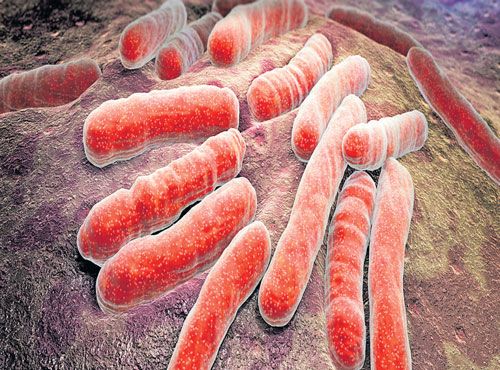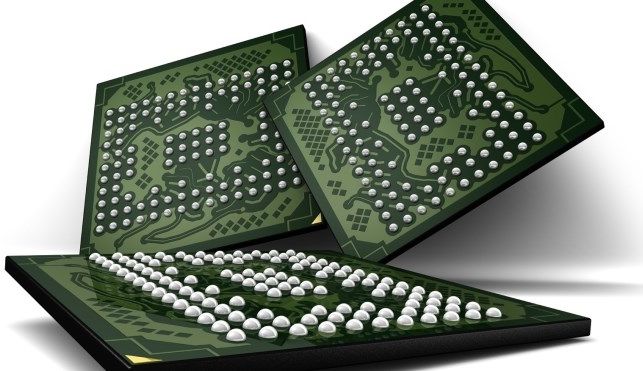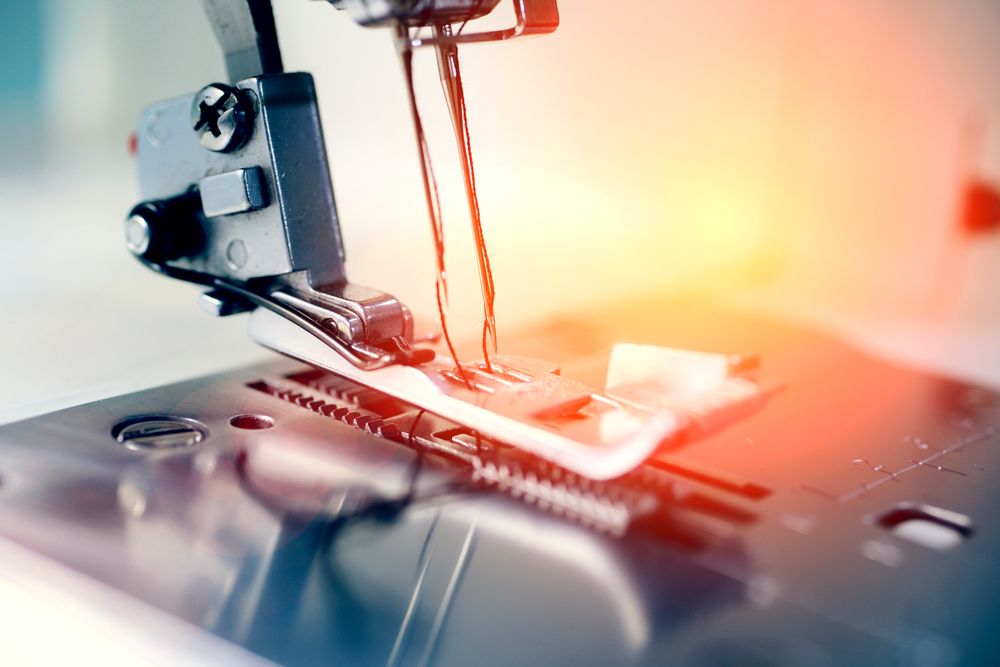Page 10618
Aug 15, 2016
Tempol: 8 Science-Proven Health Benefits
Posted by Karen Hurst in categories: biotech/medical, health, science
Tempol is a synthetic compound that can be used to lower stress, prevent oxidative damage, and improve heart disease and diabetes. Read more to find about this chemical antioxidant.
Contents.
Aug 15, 2016
Phase change memory can operate thousands of times faster than current RAM
Posted by Karen Hurst in category: computing
New discoveries about phase change memory show it can switch at picosecond scales — theoretically opening the door to a DRAM replacement thousands of times faster than our current memory technology.
Aug 15, 2016
Moving metal promises dynamic circuits
Posted by Karen Hurst in categories: chemistry, futurism

Scientists have developed self-propelling liquid metals that could be used for future electronic circuits.
Current electronic technology is based on solid state components with fixed metallic tracks and semiconductors. Researchers are investigating soft circuit systems that act like live cells, communicating with each other to form new circuits when possible. In one study, Professor Kalantar-zadeh from RMIT University in Australia, along with his researchers immersed a number of different metallic elements, in the form of liquid droplets, in water.
Aug 15, 2016
Normal radial migration and lamination are maintained in dyslexia-susceptibility candidate gene homolog Kiaa0319 knockout mice
Posted by Karen Hurst in categories: biotech/medical, genetics, neuroscience
Abstract.
Developmental dyslexia is a common disorder with a strong genetic component, but the underlying molecular mechanisms are still unknown. Several candidate dyslexia-susceptibility genes, including KIAA0319, DYX1C1, and DCDC2, have been identified in humans. RNA interference experiments targeting these genes in rat embryos have shown impairments in neuronal migration, suggesting that defects in radial cortical migration could be involved in the disease mechanism of dyslexia. Here we present the first characterisation of a Kiaa0319 knockout mouse line. Animals lacking KIAA0319 protein do not show anatomical abnormalities in any of the layered structures of the brain. Neurogenesis and radial migration of cortical projection neurons are not altered, and the intrinsic electrophysiological properties of Kiaa0319 -deficient neurons do not differ from those of wild-type neurons. Kiaa0319 overexpression in cortex delays radial migration, but does not affect final neuronal position. However, knockout animals show subtle differences suggesting possible alterations in anxiety-related behaviour and in sensorimotor gating. Our results do not reveal a migration disorder in the mouse model, adding to the body of evidence available for Dcdc2 and Dyx1c1 that, unlike in the rat in utero knockdown models, the dyslexia-susceptibility candidate mouse homolog genes do not play an evident role in neuronal migration. However, KIAA0319 protein expression seems to be restricted to the brain, not only in early developmental stages but also in adult mice, indicative of a role of this protein in brain function. The constitutive and conditional knockout lines reported here will be useful tools for further functional analyses of Kiaa0319.
Aug 15, 2016
Ancient DNA indicates that the first people in America passed through an entirely different route
Posted by Karen Hurst in category: biotech/medical
Our NA ancestors took another route to the Americas?
Recent discoveries, however, suggest otherwise, because it is becoming more evident that humans have already settled in the Americas long before the glaciers became dry, which is around two to three millennia before the final years of the ice age. This means that the ice-free corridor was not viable for these inhabitants to pass through at the time.
Aug 15, 2016
Funeral Home Offers New DNA Memorial
Posted by Karen Hurst in category: biotech/medical
A new way to say good bye to your DNA.
SPRINGFIELD, Ore. — There is a new way to honor your loved one after they pass and it is with a unique memento called “DNA Home Banking”.
Jeff Andreason, owner of Andreason’s Cremation and Buell Funeral Chapel, is the first in Lane County to offer the service.
Aug 15, 2016
DARPA wants your help to take down drones
Posted by Karen Hurst in categories: drones, military, robotics/AI
DARPA recently put out a Request for Information on new ways to protect military forces from small unmanned air systems (sUAS).
Aug 15, 2016
A Quantum Computing-Dominated World Is Coming In Less Than 10 Years, Says CEO Of Acronis
Posted by Karen Hurst in categories: quantum physics, security, solar power, supercomputing, sustainability
I told folks this; I see another one from Google has joined the QC less than 10 year club. My guess is more likely less than 7 years.
A seminal moment in the quantum technology field just happened: Google’s team of scientists have simulated a hydrogen molecule from its quantum computers, a breakthrough that suggests it could “simulate even larger chemical systems,” writes one of Google Quantum’s engineers, Ryan Rabbush. The search engine’s achievement underscores the technology’s potential as Rabbush posits it can “revolutionize the design of solar cells, industrial catalysts, batteries, flexible electronics, medicines, materials and more.”
As advances in such supercomputers continue, investment and research in this field gathers greater momentum as Google, Alibaba, Baidu, Amazon and other tech giants and governments too are racing to develop this technology. Recently, the European Commission allocated €1 billion to research, incubate and invest in quantum technologies. Meanwhile Google last month made headlines about testing its quantum security to shield its Chrome browser.
Aug 15, 2016
4 Smart Textiles Revolutionizing the Future of Fabric
Posted by Karen Hurst in categories: biotech/medical, computing, military, wearables
Luv it; especially fabric to do time release meds, or bio release meds; or do communications via a shirt or jacket.
With the invention of technology-laden fabrics, otherwise known as smart textiles, we are able to benefit from multifunctional materials.
Smart textiles, also known as E-textiles, smart garments, tech fabrics, and smart fabrics, are materials based on technology that integrate advanced features beneficial to the wearer. In an interview with Forbes, Rebeccah Pailes-Friedman, smart textiles and wearable technologies expert stated, “what makes smart fabrics revolutionary is that they have the ability to do many things that traditional fabrics cannot, including communicate, transform, conduct energy and even grow.” And as crazy as it might sound, having computers and technology literally integrated into our clothing is not only acceptable but may one day be the norm.
Continue reading “4 Smart Textiles Revolutionizing the Future of Fabric” »















